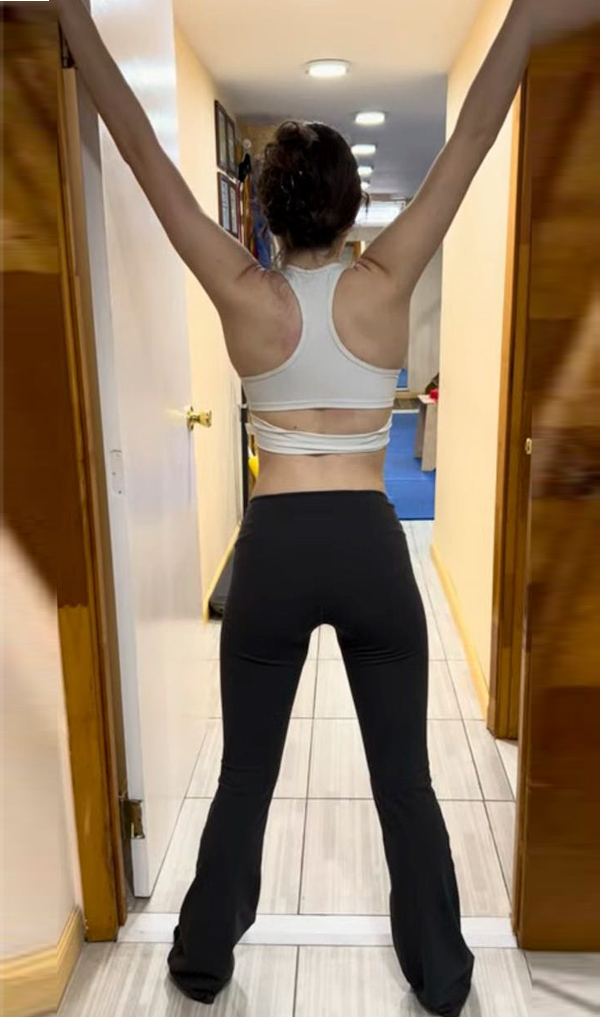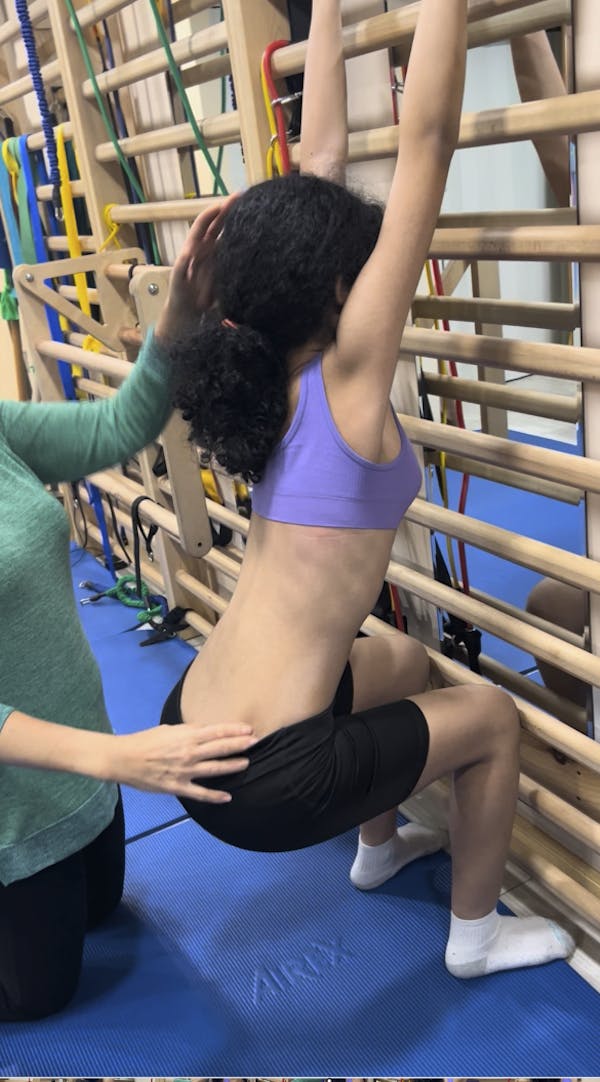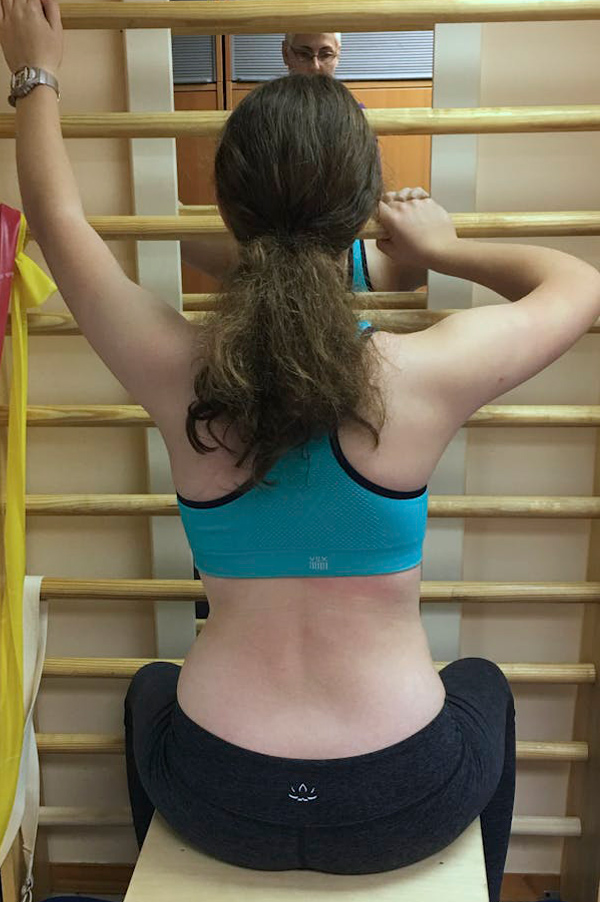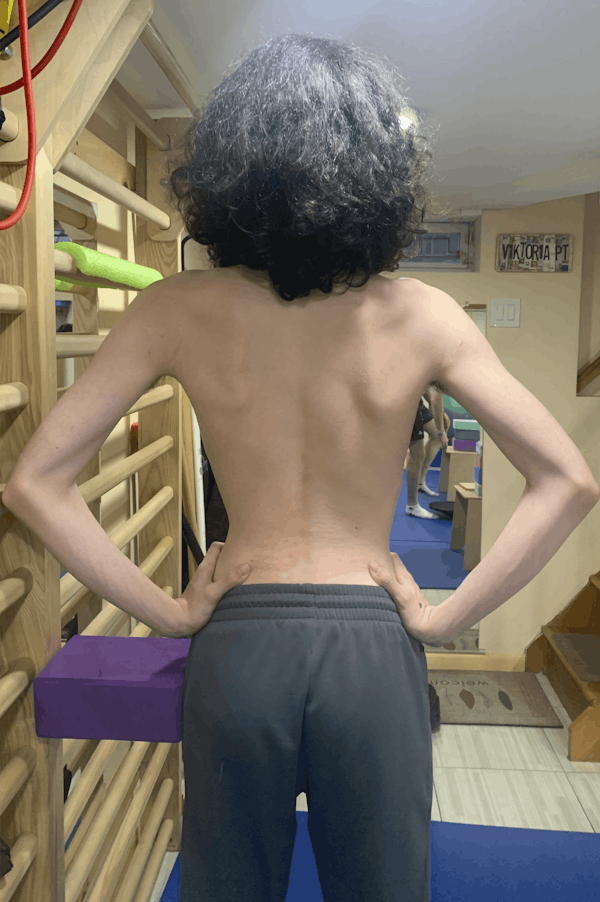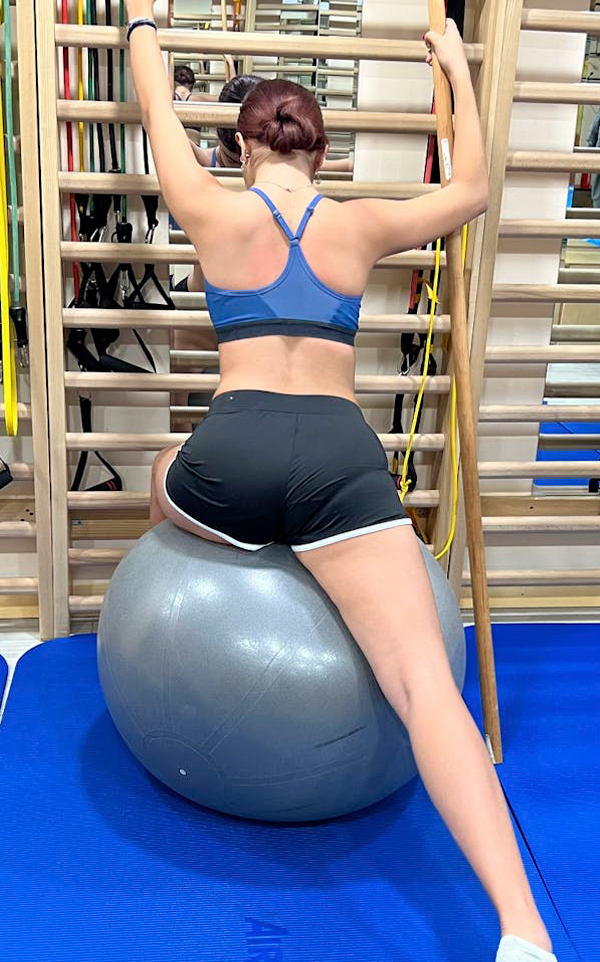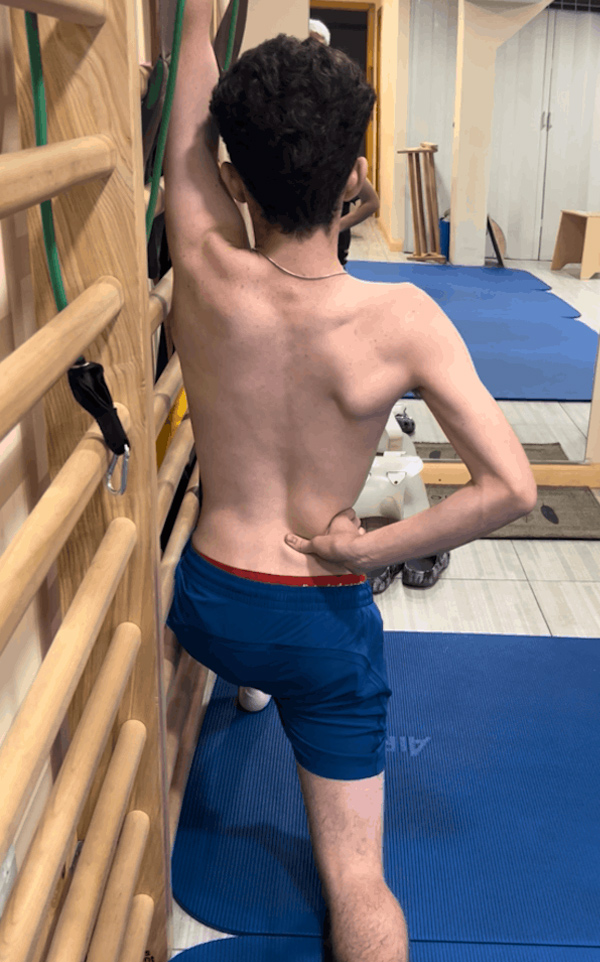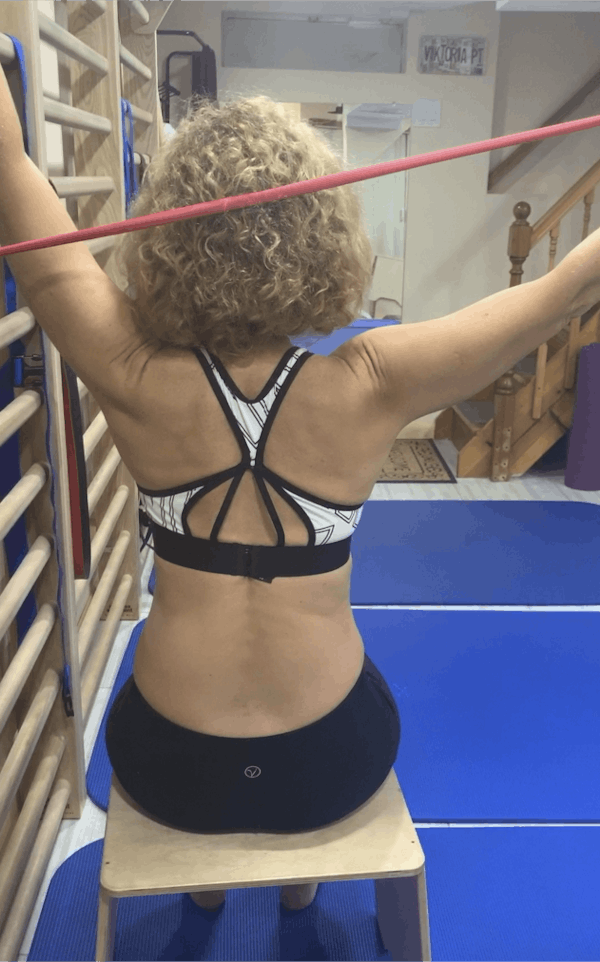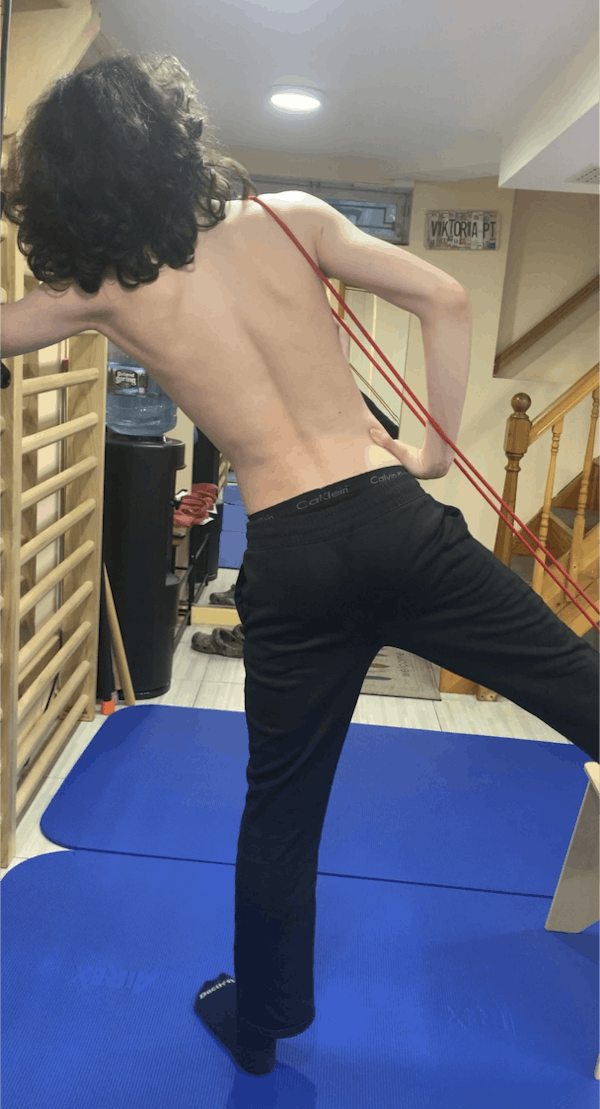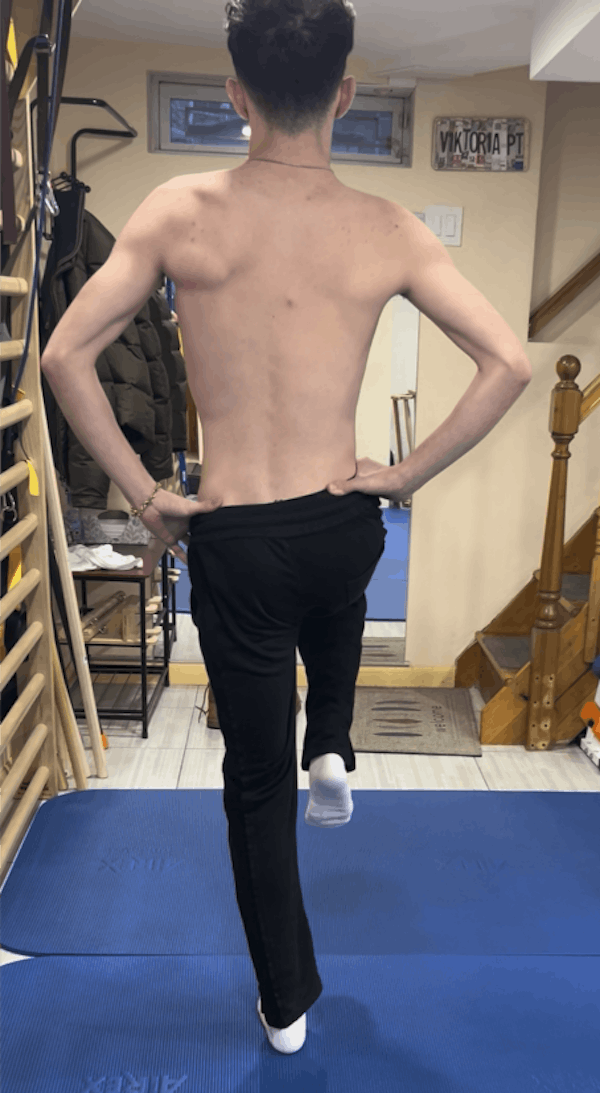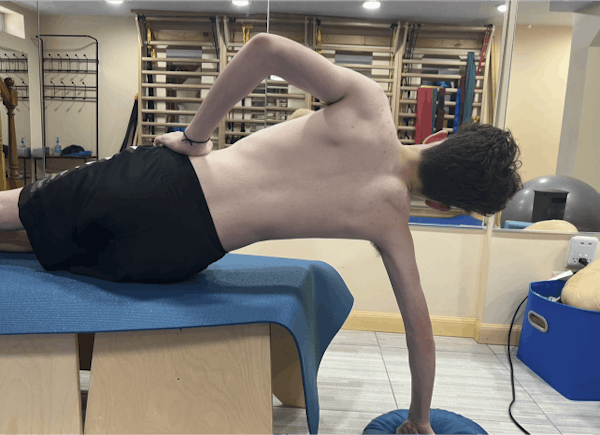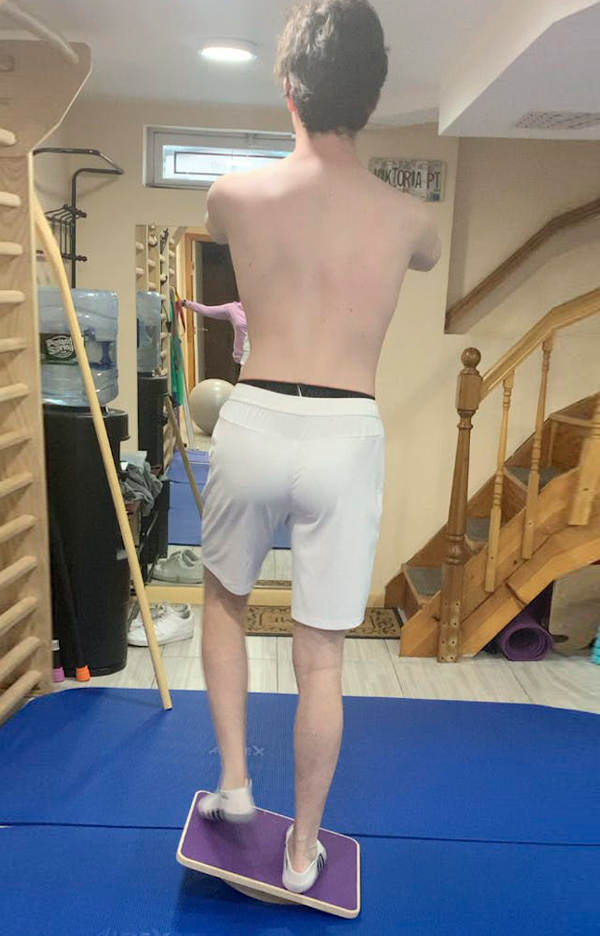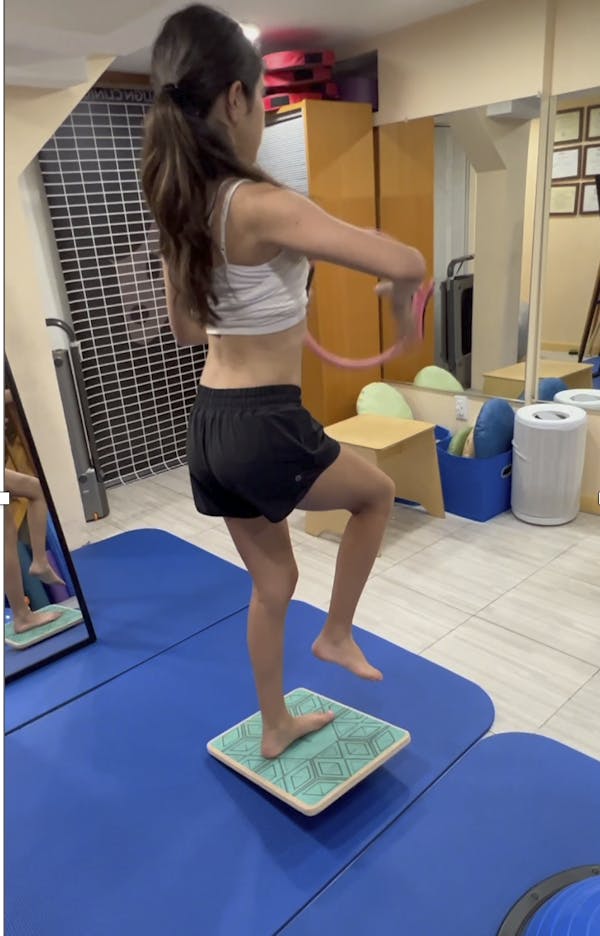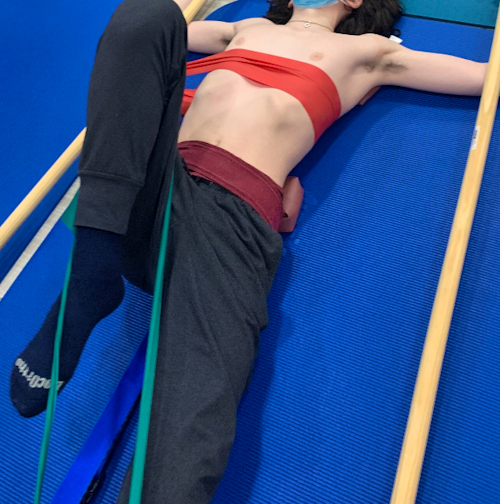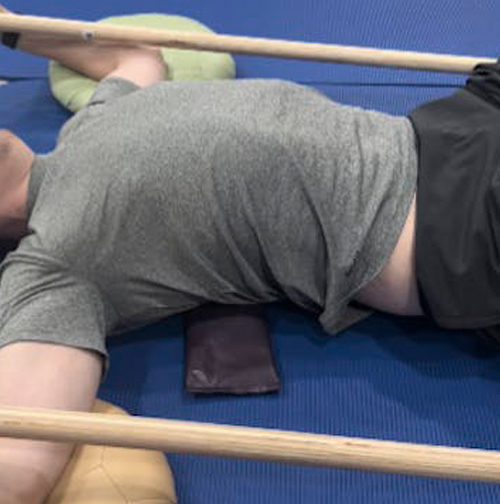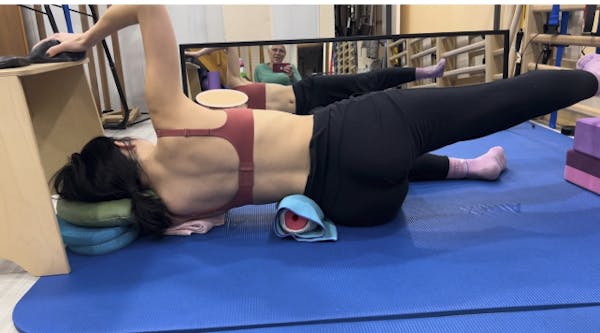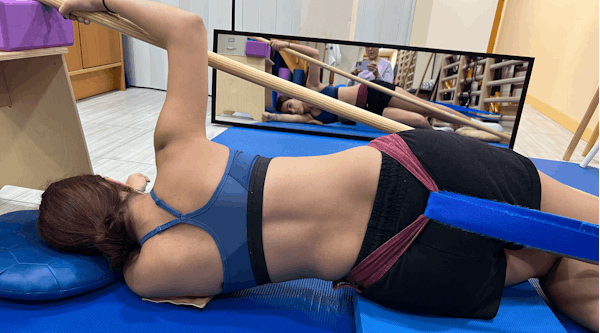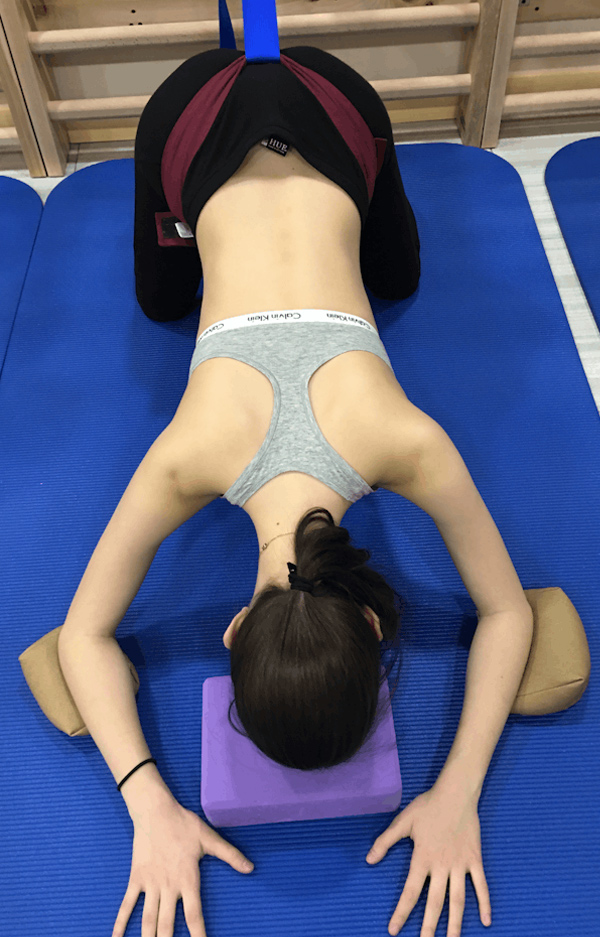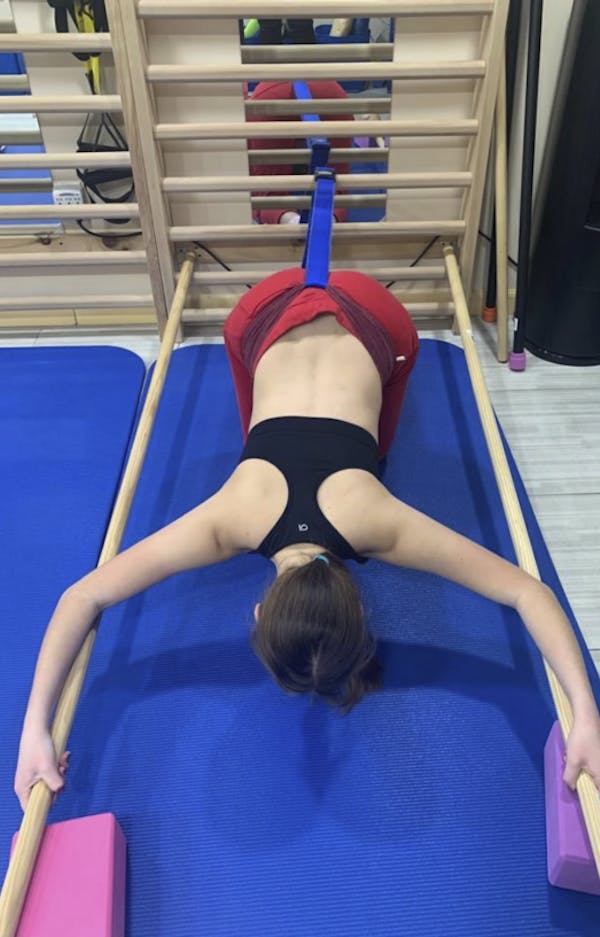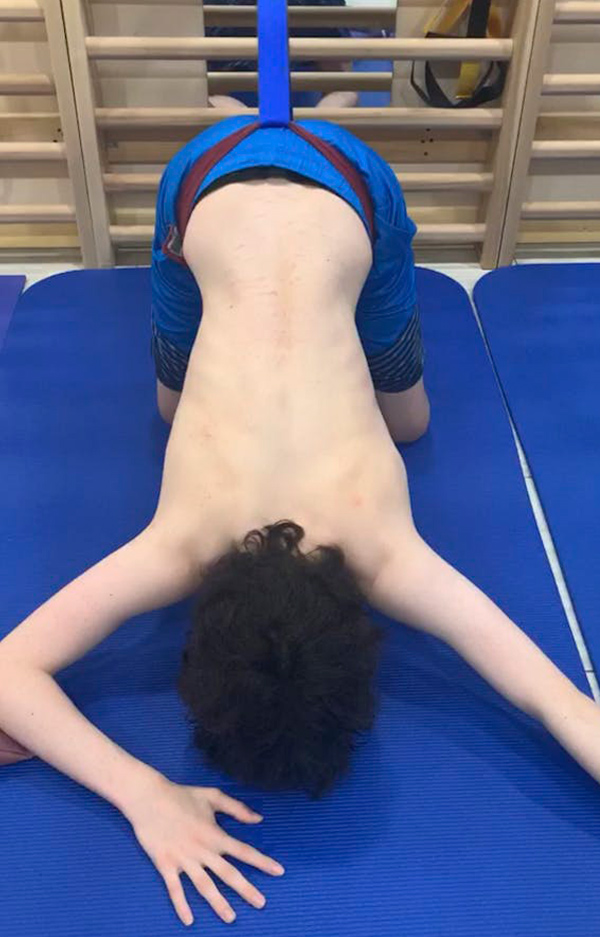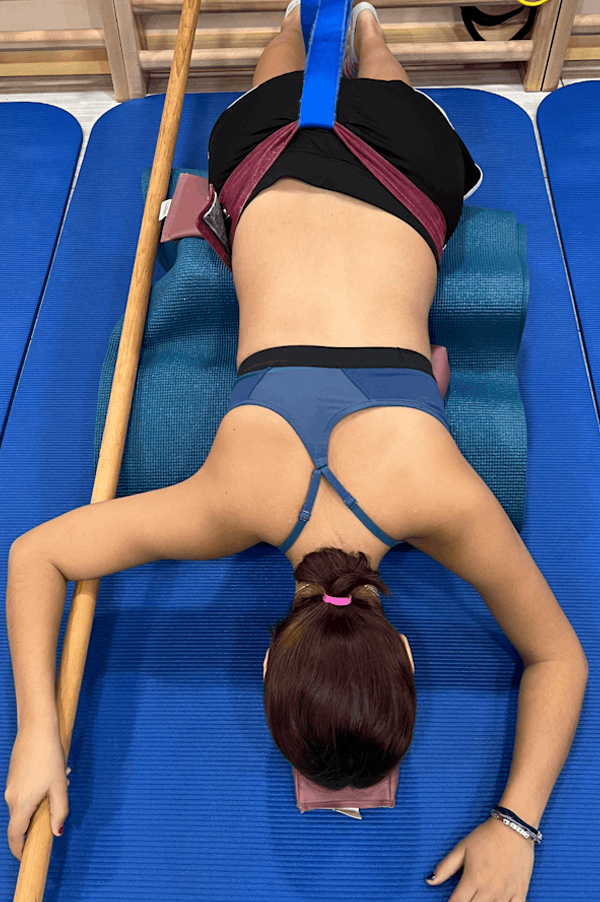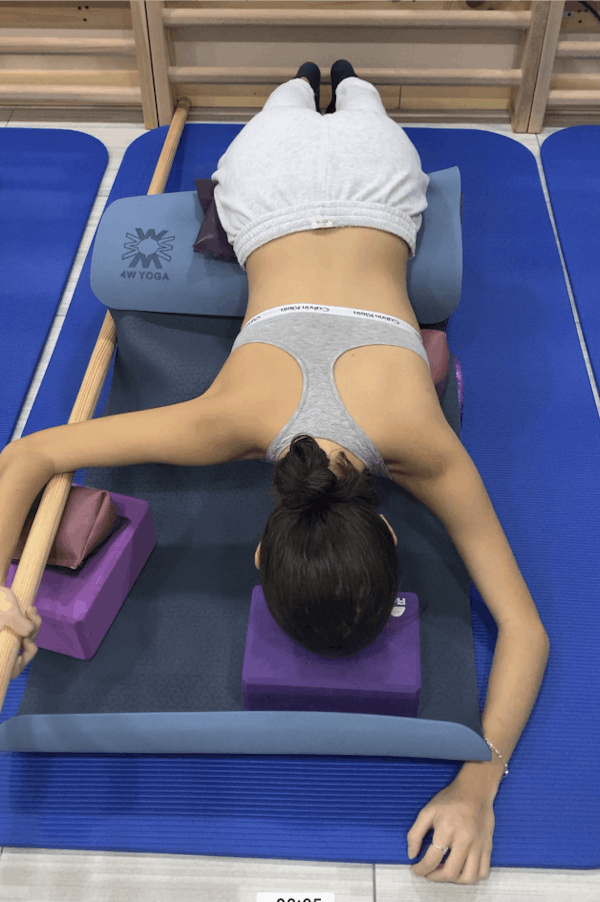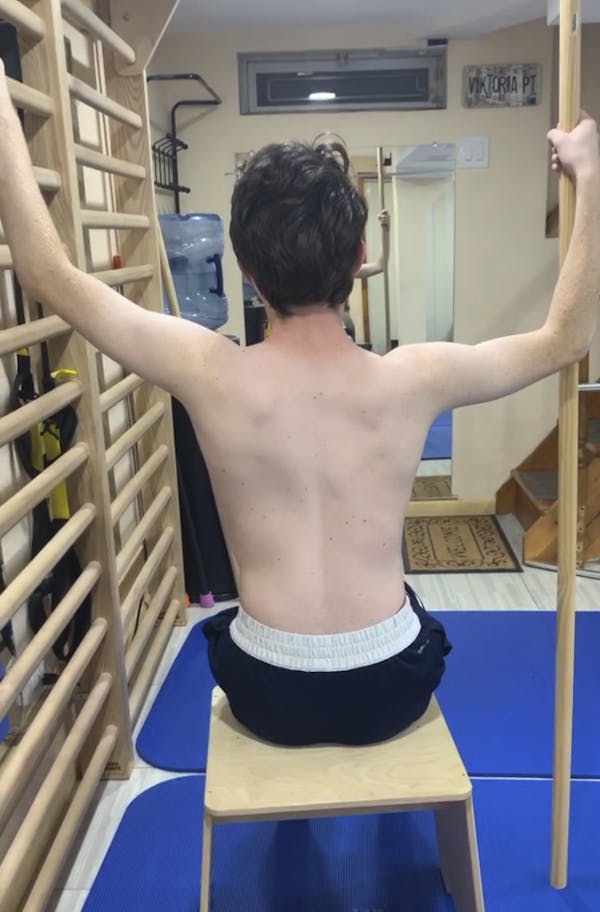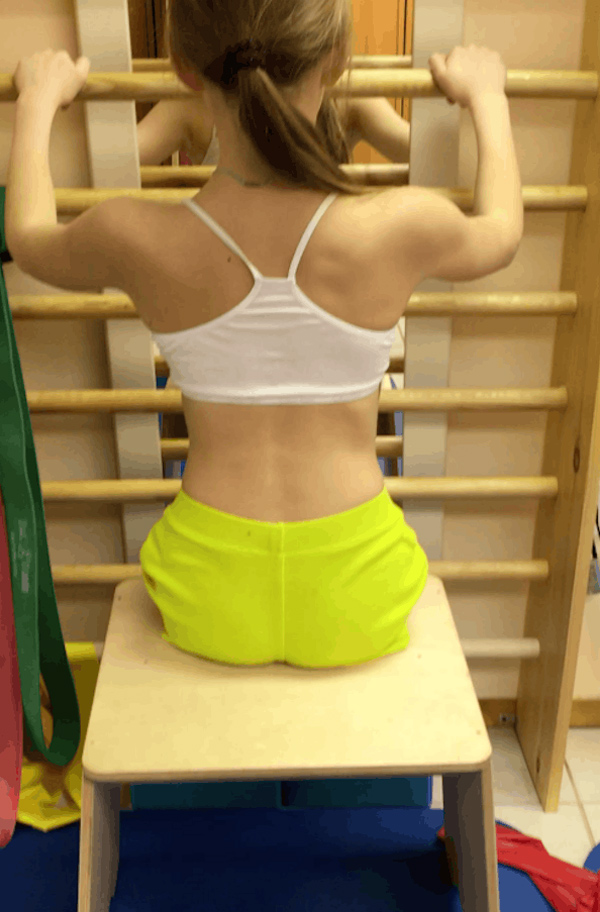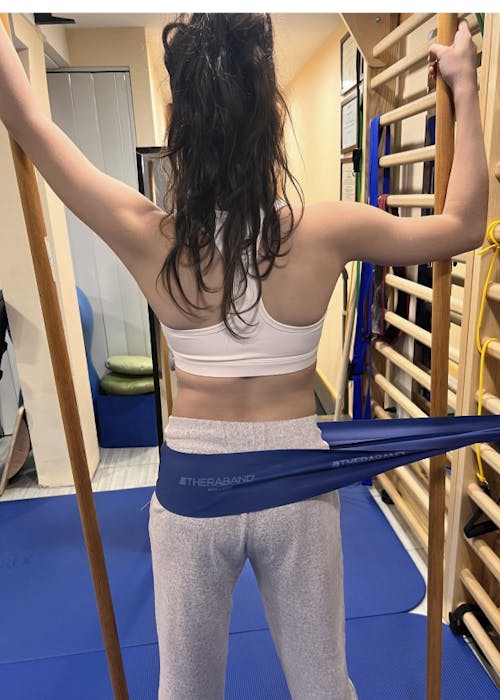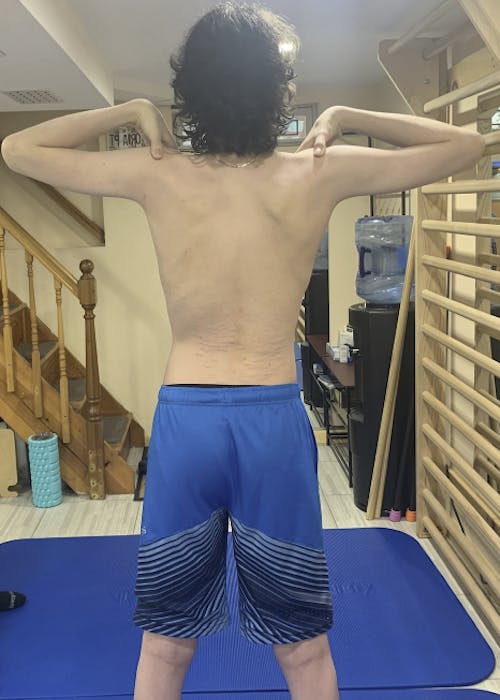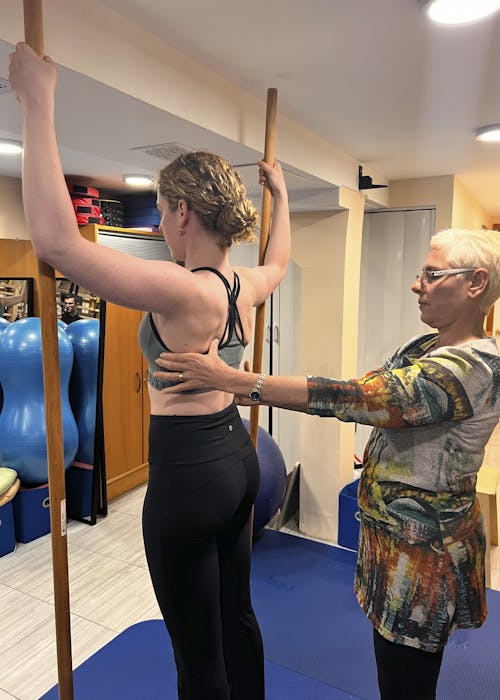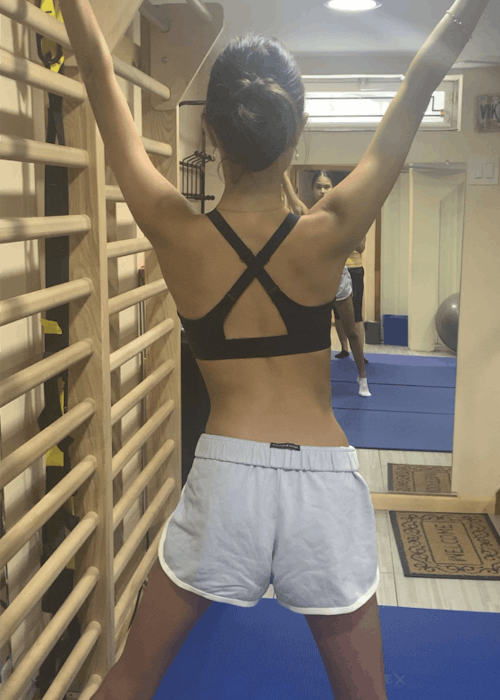Schroth Method
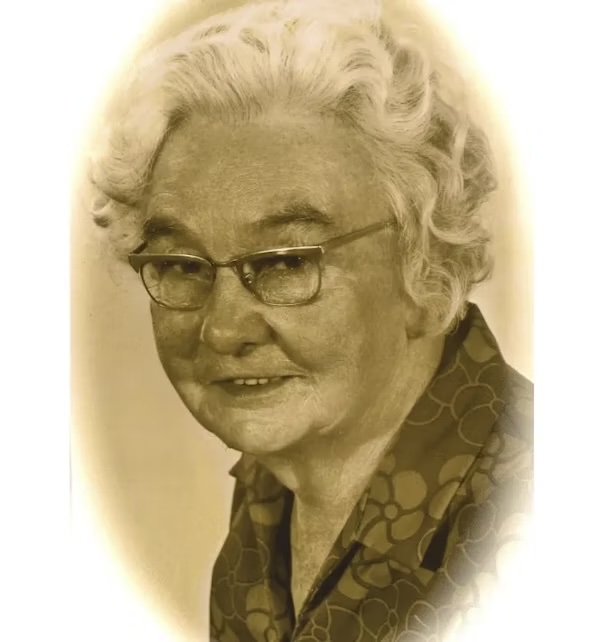
The Schroth method was founded in 1921 by Katarina Schroth in Germany. Katarina had scoliosis herself and developed an exercise treatment that integrated special positions to realign the spine. She developed the theory of body blocks that defines the postural types of scoliosis deformity. She discovered that specific breathing exercises can improve the appearance of the ribcage and promote the symmetrical function of the lungs. She named these exercises asymmetric rotational breathing.
In 1983, Katarina Schroth established a special scoliosis clinic in Bad Sobernheim, Germany. This clinic still exists today and offers treatment to patients with scoliosis and kyphosis, as well as education to physical therapists towards certifications in International Schroth 3-dimensional Scoliosis Therapy (ISST).
Katarina’s tradition was continued by her daughter Christa Lehnert who wrote a book called Three-Dimensional Treatment of Scoliosis.

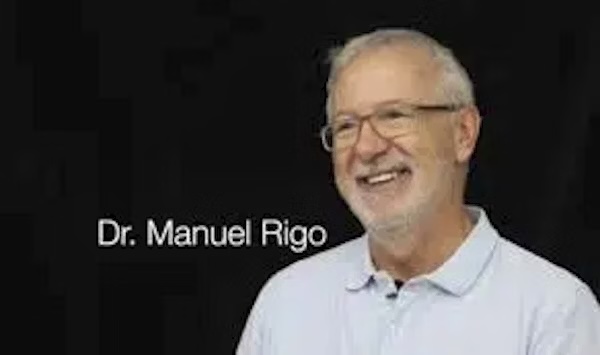
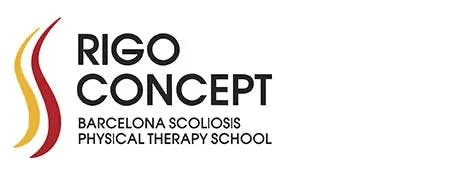
Dr. Manual Rigo founded the Barcelona Scoliosis Physical Therapy School (BSPTS) and designed a three-dimensional scoliosis brace based on the Cheneau brace concept. The biomechanical principles of the Rigo brace and Schroth therapy principles are aligned. In bracing treatment, optimal results are reached when bracing is supported by physical therapy treatment based on the Schroth method, allowing for better curve correction, improved body symmetry, and improved stability of the curve.
The Rigo Cheneau brace is highly effective for correcting scoliosis curvature. This type of scoliosis brace is now available in the United States. The best treatment results are attained when bracing is accompanied by Schroth method treatment. Since Schroth exercises are performed in corrected spine positions, the time spent for exercising is equivalent to bracing time. Therefore, exercise time does not shorten the duration of the allowed brace breaks.
The Schroth method originates 100 years ago, to the times when scoliosis bracing was not yet well developed. The treatment was created to address scoliosis deformity of the spine independent from bracing effect. Therefore, it is highly beneficial for all scoliosis patients regardless of whether they have been braced or not, and regardless of type of the brace that is being used.
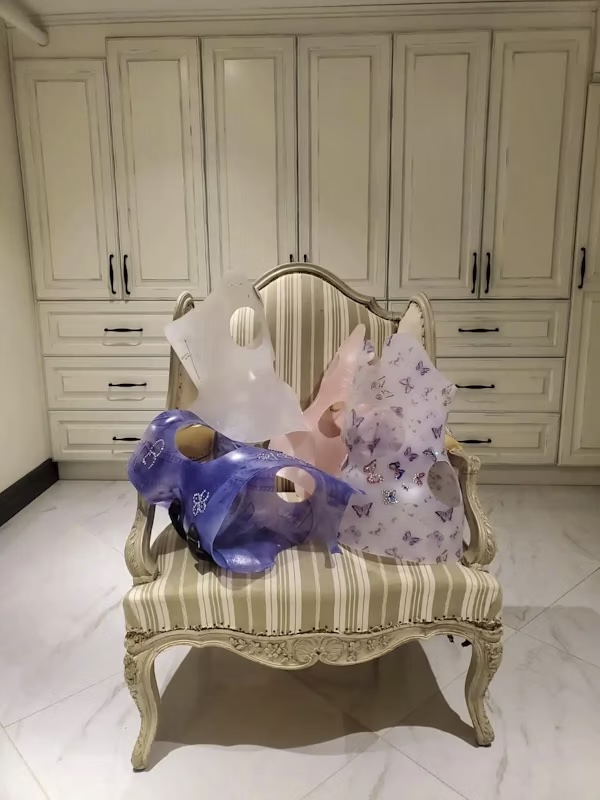
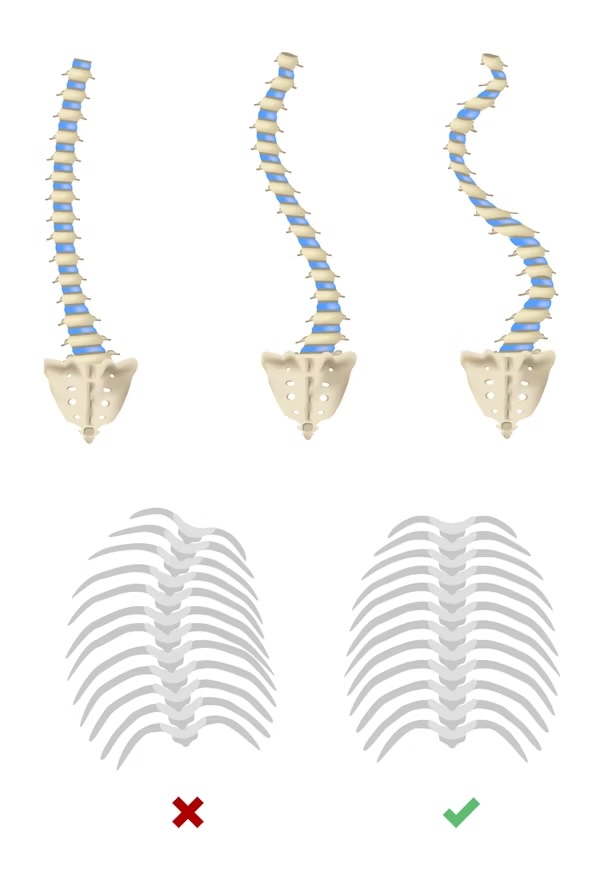
The Schroth method is based on understanding of 3-dimensional nature of scoliosis. Our physical world is 3 dimensional and indeed human body, and spine are 3 dimensional structures as well. Human spine is a mobile structure that allows our body to bend and turn in all directions with minimal effort. The movement of the trunk is possible because spinal vertebrae can move, turning and shifting against each other just like the beads on a stiff string.
The ribs and muscles of the trunk attach to the spinal vertebrae. Therefore, altered position of the spinal vertebrae will cause asymmetrical changes in the body appearance.
Scoliosis X Rays
When we look at typical scoliosis Xray we can only see 2-dimensional image. The actual spinal shape can only be imagined and it is a difficult task for a patient and even for a new practitioner.
There are newest 3-dimensional radiological techniques and views available through EOS Xray technology, but they are not easily accessible yet.
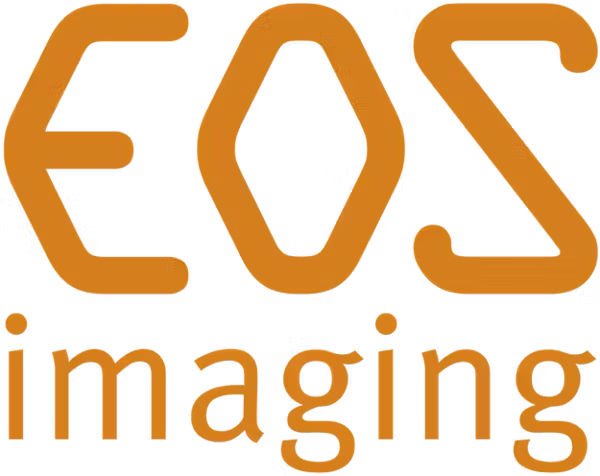


Since we are working with 3 Dimensional shape the process of correction and stabilization is not a simple and requires step by step approach and patience.
Progression of Schroth Exercises
Schroth exercises are performed in a variety of positions with the goal of maximally corrected spinal alignment. The exercise progression usually starts with elongation/ stretching, then training posture in gravity-eliminated positions (laying down on back, side or abdomen) and gradually progressing into more challenging upright positions (sitting and standing).



